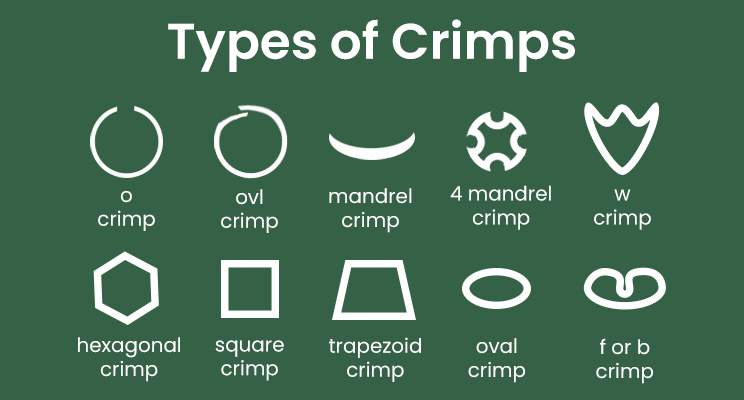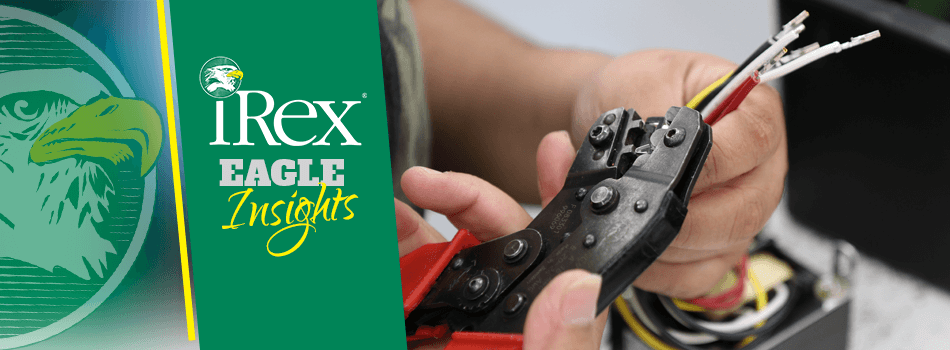Wire Crimps Overview
Trevor Hendricks2024-06-11T21:12:53+00:00Crimp joints are permanent electrical connections between a conductive wire and a crimp terminal. This type of cable termination was first popularized in the 1950s and has since become one of the most common methods employed in cable production. The reason behind this method’s popularity is due to a few factors:
- It is usually faster and cheaper than other methods, especially at scale
- It doesn’t need potentially hazardous materials and processes needed for soldering
- It can be done on nearly any gauge wire, unlike wire wrapping
- The connections are mechanically stronger than those made through other methods
The types of crimps used are as diverse as the cables that employ them. They can vary based on the application, shape, and gauge of the cable they terminate. This variety leads to one of the few drawbacks of crimping- the need for specific tooling which leads to larger upfront costs. This is also why many businesses use cable manufacturers such as iRex that have already invested in an extensive array of tools.

The reason behind the need for the “right tool for the right job” is that for crimps to be effective, they need to have a “gas-tight” metal-to-metal contact. Without the proper tooling, moisture can penetrate between the wire and terminal causing corrosion and decreasing the cables conductivity. On the opposite end of the spectrum is “overcrimping” where the connection is applied too tightly. This causes the wire to be pinched which leads to increased resistivity and decreased performance.
We’ll go into further detail on how and why to test your crimps in a later article, but suffice to say that it is essential to, at a minimum, run inspections at the beginning and end of your production. For more on this, visit our page dedicated to our quality assurance processes or reach out to our team with more information about your project.






